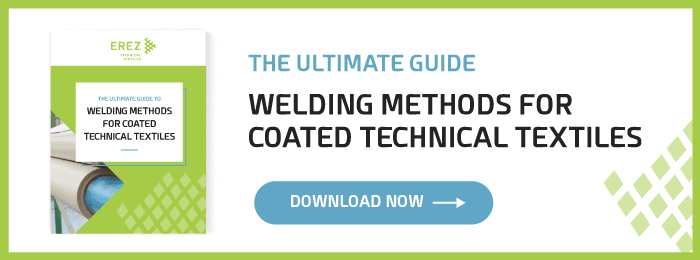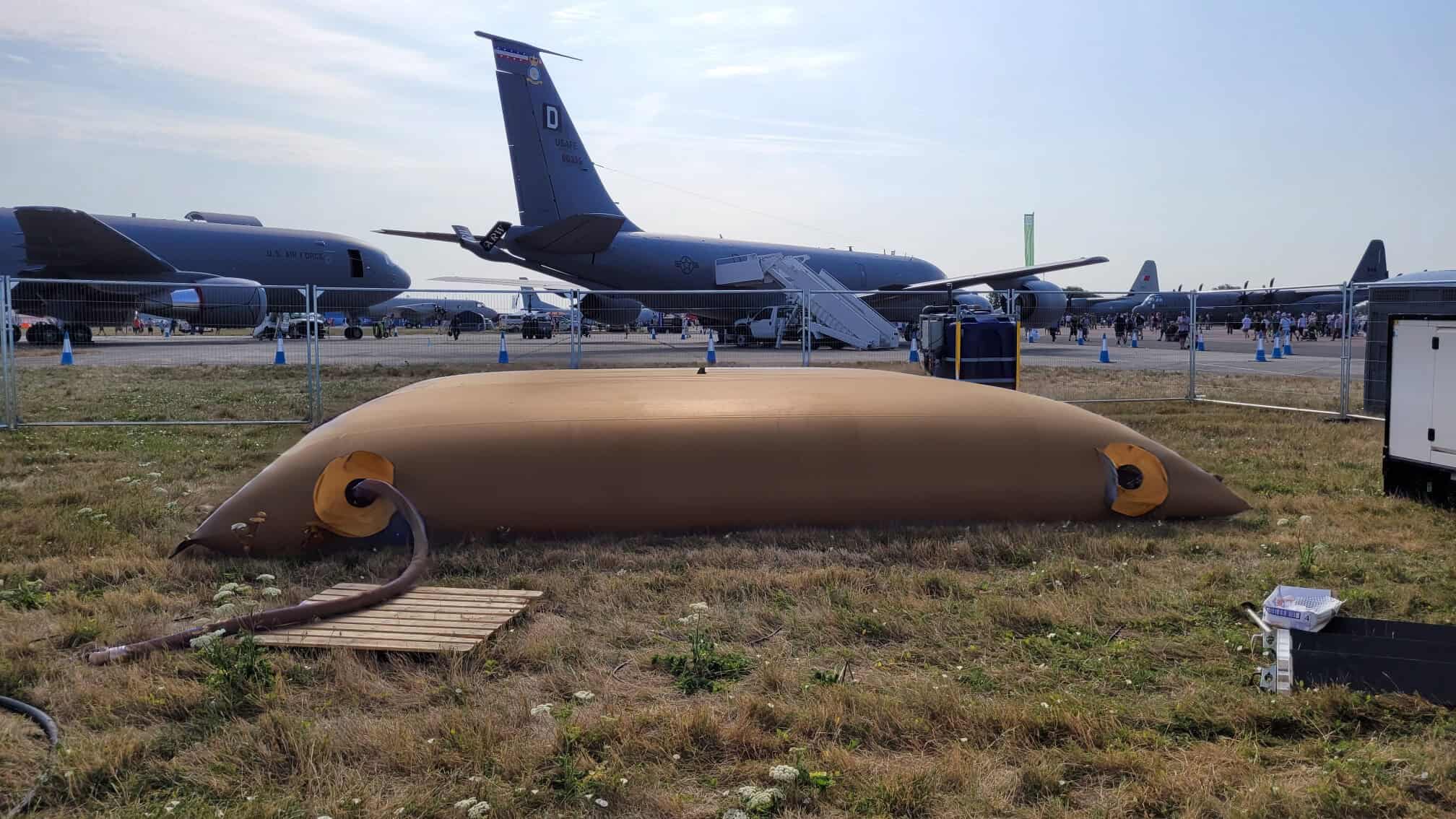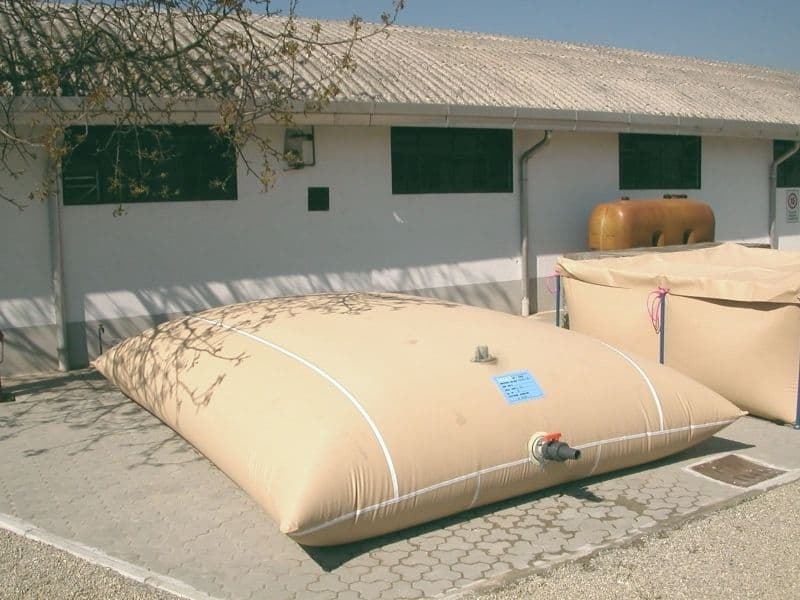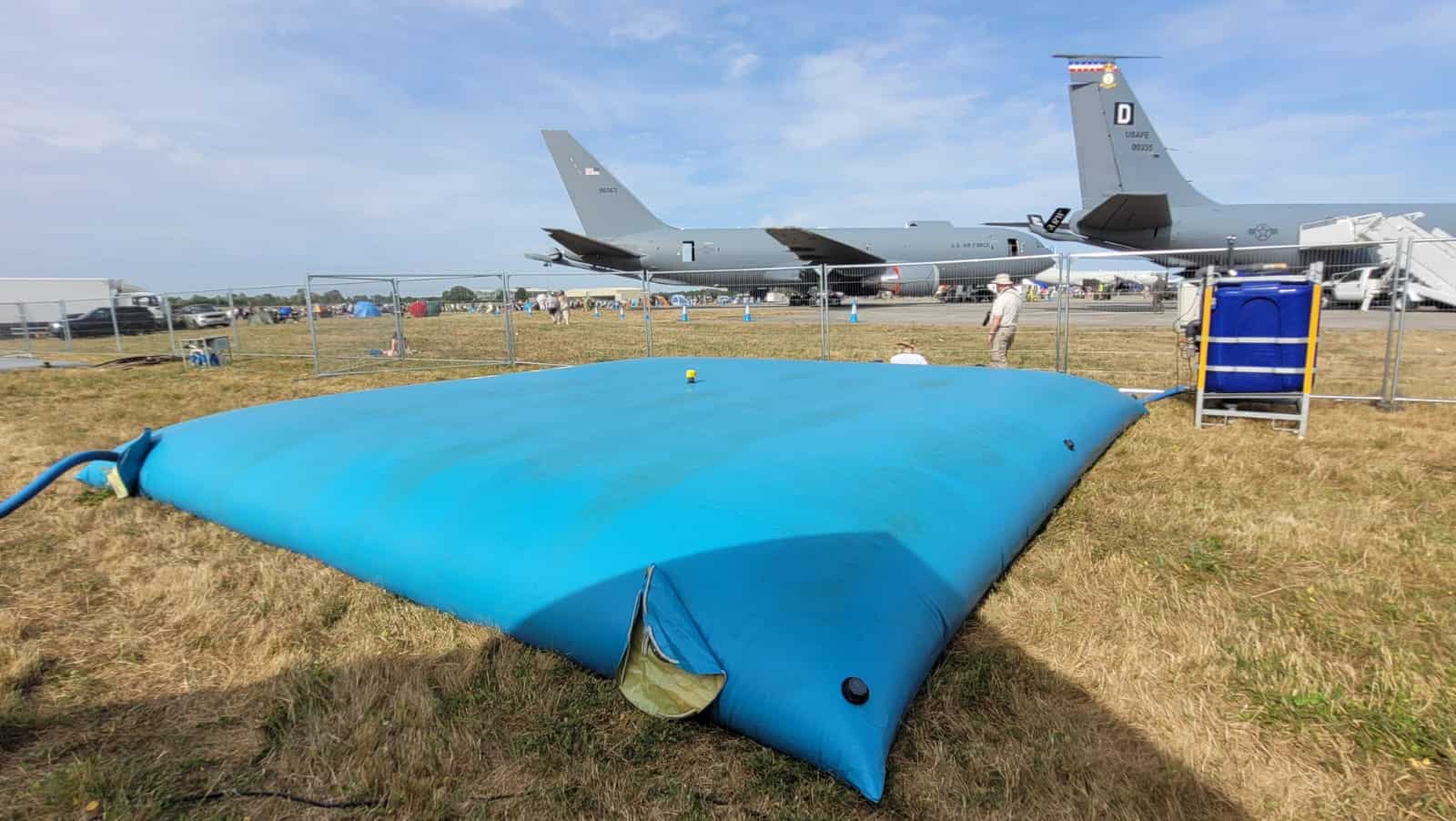How Fabric Welding Can Ensure Longer-Lasting Products
International Standards, Sustainability, WeldingNov 20, 2019
The weakest part of any product manufactured from coated fabrics can be usually found in its welds and seams. And, as the proverb by Thomas Reid goes, “a chain is only as strong as its weakest link.”
In this article, we take a look into the importance of weld quality and the significant role it plays in extending the lifetime of coated fabric products.
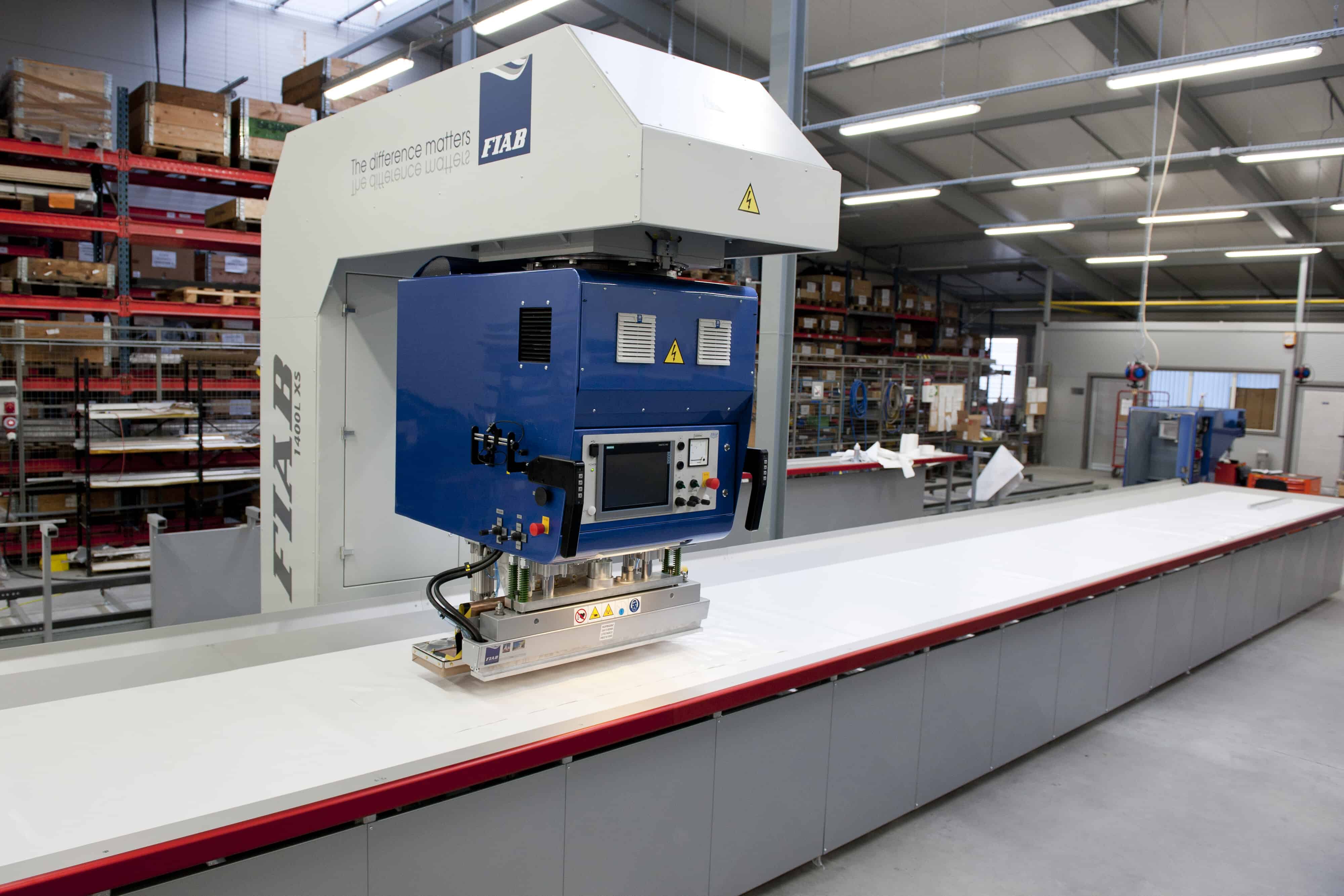
Weld Integrity
Apart from extending a technical fabric product’s life, weld quality also affects the quality of the product and regulatory standards. Coated technical fabric products are often used in safety-related applications and their quality aspects are therefore bound by strict specifications, set by various regulatory bodies.
Examples of standards to be followed for various thermoplastic textiles products, include SOLAS International Convention, ISO 12402 regulation for personal flotation devices (PFDs), and US military standards (MIL-STD) for RIBs and PFDs. Demonstrating adherence to those standards includes subjecting products to stress tests, leak tests, and pull tests.
Welding vs Other Technical Textiles Bonding Methods
On a very basic level, the bonding methods of coated textiles can be separated into three major categories: gluing, sewing, and thermoplastic welding. The latter is by far the strongest method that demonstrates the most consistent results. Sewn seams can suffer tension failure in the thread, and glue will fatigue over time. Welding, however, doesn’t introduce foreign materials such as glue or thread, which may affect product performance.
Permanence
The process of welding fuses two similarly coated materials together, so there is no adhesive or sewn interface to fail. Thermoplastic welding lasts indefinitely and welded lap seams even have higher shear strength than the original fabric. Glue or sewing are subject to deteriorating and eventually weaken or fail over time.
Performance & Strength
Welding provides a consistent and permanent air-tight seal at edges and seams. The result is reliable, long-lasting air and liquid retention. Welded seams are as abrasion-resistant as the original material and maintain their integrity indefinitely. Using glue can possibly compromise the properties or strength of the material it is gluing. The same is true with sewing.
Consistent Results
Coated textile welding is usually accomplished by machinery that controls every critical process parameter, such as heat, angle, speed, and material alignment. Therefore, welding actually reduces the possibility of human error. Welding machines can have built-in material tracking systems that align material as it processes, as well as other automation options. They can also be operated by a single person. This can help in speeding up production and reducing labor, resulting in an overall product cost reduction.
It should be noted that if another material is added to the mix, such as adhesive or thread, this introduces its own stability and variation considerations.
Discover how you can benefit from the superior method of welding, and increase the quality and life expectancy of your coated technical textiles products. Contact Erez today for a free consultation from a technical textiles industry specialist, or learn more about welding in our free downloadable guide:
Share this Post

